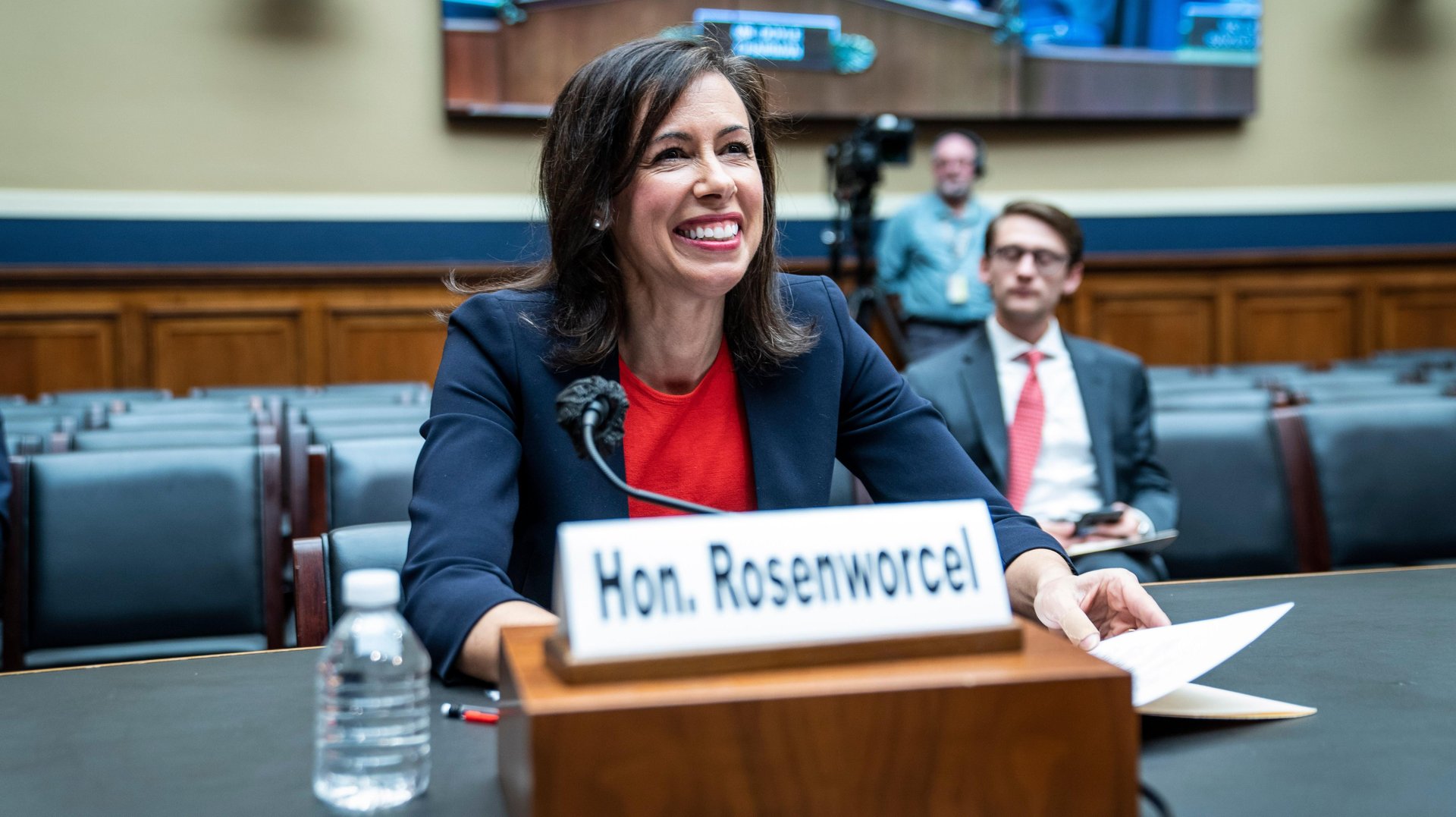Net neutrality has been restored, as the FCC brings back Obama-era rules repealed under Trump
Net neutrality is the principle that internet providers should treat all traffic equally and not throttle or block certain traffic

The Federal Communications Commission (FCC) killed net neutrality back in 2017 under former President Donald Trump, but on Thursday, it brought it back from the dead.
Suggested Reading
Net neutrality — the principle that internet providers should treat all traffic equally and not throttle or block certain traffic for whatever reasons — is once again in effect after the FCC voted 3-2 in favor of its return. This reinstates the policies first established in 2015 that regulate telecom companies and prohibit the blocking or throttling of certain, lawful content.
Related Content
Along with preventing internet providers from throttling or blocking traffic, the FCC also added language to stop the companies from prioritizing certain traffic. Thanks to 5G technology, telecom companies can do what’s called network slicing, which can create multiple virtual subnetworks and prioritize certain 5G customers over others depending on whether they paid for a premium subscription to the provider. The rules back in 2015 didn’t put a focus on this concept since 5G wasn’t around back then like it is today.
The FCC will also be able to stop foreign-owned entities that may pose a threat to national security from operating broadband networks. And if networks go down preventing workers, businesses, or even students from doing their work, the commission can get involved.
As expected, internet providers are not going to take this lying down and will pursue the options available to them to stop net neutrality from happening.
“This is a nonissue for broadband consumers, who have enjoyed an open internet for decades,” Jonathan Spalter, the president of a broadband lobbying group, USTelecom, told the New York Times Thursday.